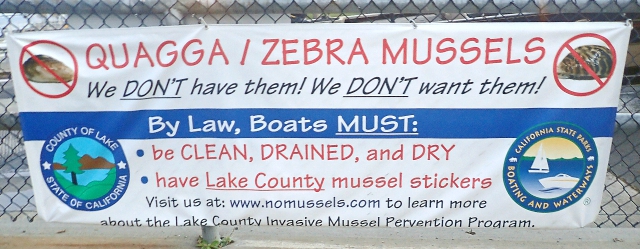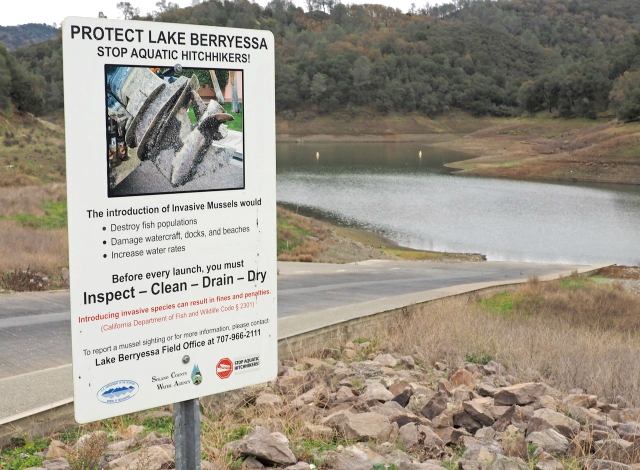What Anglers Can Do To Help Curb Invasive Fish Species
By Ken Schultz
Dec 04, 2018
Here’s how anglers can help prevent the spread of Asian carp, snakeheads, lionfish, and other invasive fish species, as well as invasive plants and mollusks.
There’s ample current news about prominent invasive fish species: Asian carp infiltrating the Great Lakes, snakeheads spreading in the mid-Atlantic and southeastern states, and lionfish populating the Florida coasts. In earlier decades the news about invasive fish species included lamprey eels threatening northern trout and salmon species, and gobies, ruffe, and rusty crayfish upstaging the small-fish populations of the Great Lakes. And that’s not to mention such non-fish invasives as the now widely spread zebra mussel, plants like water hyacinth and milfoil, and scores of other aquatic and non-aquatic organisms.


The Problem, In Brief
Invasive fish are fish species that have been introduced - mostly at the hands of humans either intentionally or inadvertently - into habitats where they’re not native. You could say that they’re fish that show up in places where they don’t belong. They’re called invasive because they often become agents for diminishing biological diversity, upsetting the balance of ecosystems, and altering habitat critical to other fish and fauna.
Invasive fish species have been introduced via the transportation of fish or larvae in the ballast of ocean freighters, the dumping of bait buckets of anglers, being on the soles of waders and boots, and as unseen hitchhikers on small boats and boat trailers. They may have escaped from one place and traveled to another by swimming through canals, locks, and other waterways. They’ve been introduced by people dumping them from personal aquariums, by experimental stocking, and through many other means.
Some invasive fish species are well established in America, more than a century after their first introductions. The popular common carp and brown trout, for example, are not native to North America. Some natives, like largemouth bass and rainbow trout, have been deliberately and widely introduced into states and waters where they were not naturally present. Still other native species, like white perch and blue catfish, have somehow shown up in places where they shouldn’t be.
Some fish introductions have not been beneficial. Many invasive fish species overrun their new home and crowd out native species. Once established, they’re extremely difficult to eliminate. Florida officials are now desperately trying to keep lionfish in check, and the battle to control snakeheads appears essentially lost, although anglers are encouraged to fish for, and keep both of these species.


What Anglers Can Do
When you buy a fishing license your money, in part, helps fund state fisheries agency efforts to control invasive fish. But your obligation doesn’t end there. Here are steps you can take to make sure that you aren’t part of the problem.
- Don’t deliberately move fish from one water body to another (which is illegal without a permit in most places).
- Empty a bait bucket on land before leaving the water. It’s okay to dump your bait back into the water body if you collected the bait there.
- Don’t transport bait obtained in one water body to another.
- Inspect boat, motor, all parts of a trailer, and all boating equipment that gets wet, and remove any visible foreign matter, including dirt and mud, before leaving the water body.
- Drain livewells, bilge water, and transom wells at the access site before leaving the water body.
- Away from the water, use a hose, preferably with a high-pressure spray, to clean your trailer and boat.
- Where zebra mussels and spiny water fleas are known or suspected, wash your boat, tackle, trailers, and other equipment with hot water when you get home. Flush water through the motor’s cooling system and other parts that get wet. If possible, let everything dry for at least three days before transporting the boat to another water body. Flushing with chlorinated tap water may be helpful.
- Learn and follow state fisheries agency recommendations regarding keeping any invasive fish you catch.
Finally, check out this thorough advice on cleaning your gear from the Pennsylvania Boat Commission, and make sure you have a current fishing license.









